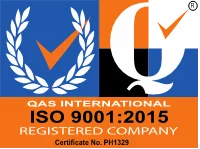Whether you’re driving through a well-established road like EDSA or driving through small provincial roads, road signs play a critical role in keeping road users safe. Take for example how drivers need the reflective one-way hazard markers to ensure that they slow down enough to make a tight turn; bikers have to know if their motorcycle can meet the minimum cc requirement to go inside an expressway; and cyclists must be informed when there are bike lanes available for them.
Road sign placement in the Philippines plays a detrimental factor in the safety of everyone from pedestrians to truck drivers. Now, whether you’re simply a pedestrian or you’ve been driving for over ten years, refreshing one’s knowledge of the different types of traffic signages in the Philippines and what they mean can make the roads a safer place.
What Are Road Signs and Symbols?
Traffic signs serve as a visual cue that’s meant to give drivers, pedestrians, and motorists information and instruction about the road ahead. These symbols are important because they keep roads safe, manage traffic, and adhere to international standards – meaning, they’re the same all over the world.
Road signs in combination with pavement markings will direct road users to properly share, use, and maneuver through the streets. It’s also good to remember that non-compliance with some of these road signs can lead to hefty fines imposed by the government.
Are Pavement Markings Considered Road Signs?
As we’ve mentioned above, road signs are symbols that convey critical information to the driver. Different types of pavement markings can signal drivers on how to maneuver their vehicles on the road and prevent collisions. That being said, you may be wondering if pavement markings are also considered to be road signs because they serve almost the same purpose.
According to the Land Transportation Office (LTO) and the Department of Transportation (DOTr), pavement markings are classified under a different category. However, these markings still play an essential role in traffic safety. Combined with road signs, pavement markings can keep drivers and pedestrians safer on the road.
Types of Traffic Signs and Symbols in the Philippines
Now that you know the importance of traffic signs, we dive into the seven different types of road signs in the Philippines and their meanings.
Regulatory Signs
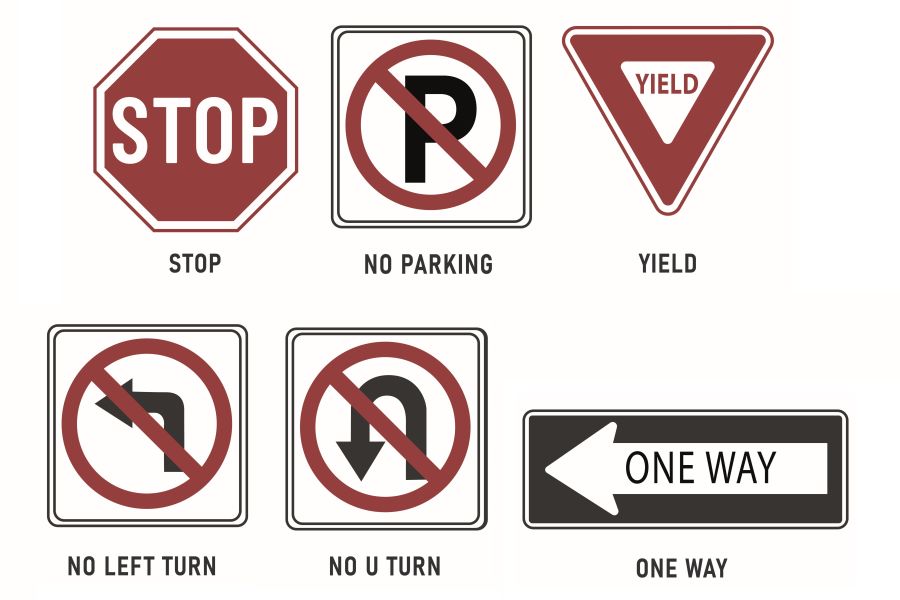
The first one on the list is regulatory signs. These signs use a variety of symbols to re-enforce traffic regulations and can be found on the side of the roads. Regulatory signs assist street users in managing traffic flow and these signs must be followed by motorists. If drivers don’t follow regulatory signs, they run the risk of getting sanctioned or penalized by traffic enforcers.
Regulatory signs have six groups underneath them. We’ve listed below the six groups and some examples of signs that fall under these categories.
Priority Signs
- Stop
- Give way
- Priority over oncoming traffic
- Left turner must give way
- Right turner must give way
Restriction Signs
- No entry
- No pedestrian crossing
- No overtaking
- No right turn
- No left turn
- No entry for cars
- No entry for PUVs
- No entry for jeepneys
- No entry for buses
- No entry for trucks
- No entry for bicycles
- No entry for motorcycles
- No entry for pushcarts
- No entry for vehicles with trailer
- No pedestrian crossing
- Use overpass
- Use ped xing
- No U-turn
- No overtaking zone
Speed Signs
Speed signs are the speed limit drivers see on the side of the road. These signs tell motorists the maximum speed, the end of maximum speed restriction, and the minimum speed restriction.
Usually, big vehicles such as trucks and buses have a lower speed limit than smaller vehicles.
Directional Signs
- Merging traffic
- All traffic must turn right
- All traffic must turn left
- Pass either side
- No turns
- Keep right
- Keep left
- Two-way traffic
- Right lane must turn right
- Left lane must turn left
- Salubong na trapiko
Parking and Stopping Signs
- No parking
- Bawal pumarada
- No parking: tow-away zone
- No parking anytime from Monday to Friday
- No parking, public utility bus stop
- No parking, public utility jeepney stop
- No loading and unloading
- No stopping anytime
- No waiting anytime
- Do not block intersection
- Bawal maghintay ano mang oras
- Loading zone (with schedule)
- Loading and unloading zones
- 2P time restricted parking
- Right turner cross at broken lines
Miscellaneous
- Bike lane ahead
- No blowing of horns
- Pedestrian crossing ahead
- School children crossing ahead
- Persons with Disabilities (PWD) crossing ahead
- Fasten seatbelt
- No entry for vehicles with more than 2 meters of width
- No entry for vehicles with more than 3.5 meters in height
- No entry for vehicles with more than 10 meters in length
- No entry for vehicles with gross vehicle mass of more than 5 tons
- No entry for vehicles with gross axle load of more than 2 tons
Warning Signs

Warning signs tell drivers that there may be hazards up ahead or sudden changes to the road’s layout. These signs can either be diamond or triangular on a white background that’s outlined in red. Warning signs also have several categories below it:
Horizontal Signs
This category of road signs is triangular and are outlined in red. These types of signs usually indicate if there’s a road curve ahead:
- Sharp turn (left and right)
- Reverse turn (left and right)
- Curve (left and right)
- Rever curve (left and right)
- Winding road (left and right)
- Hairpin bend (left and right)
Intersection Signs
These types of signs are also triangular in shape with red outlines. Intersection signs are seen prior to approaching an intersection, rotunda, or junction on the road.
- Intersection ahead
- Staggered intersection (left and right)
- Skewed intersection (left and right)
- T-junction ahead
- Y-junction ahead
- Half-Y junction (left and right)
- Half-Y junction behind (left and right)
- Side road junction ahead (left and right)
- Roundabout ahead
- Approach to intersection
- Approach to intersection side road (left and right)
- Approach to intersection merging traffic (left and right)
Advanced Warning
These types of signs can also be found prior to approaching an intersection. They are also triangular with red borders.
- Traffic lights ahead
- Stop sign ahead
- Give way sign ahead
Road Width
Road width signs alert drivers of sudden changes on the road’s width.
- Road narrows
- Road narrows ahead
- Narrow bridge
- Narrow bridge ahead
- Start of divided traffic
- End of divided traffic 2-way road ahead
Road Obstacle
Road obstacle signs are crucial for alerting drivers about any possible dangers that they may encounter on the road.
- Opening bridge
- Uneven road
- Hump
- Steep ascent (left and right)
- Steep descent (left and right)
- Spill way sign
- Flood-prone area
- Slippery when wet
- Slippery road (Mag-ingat madulas and kalsada)
- Animal crossing ahead
- Low-flying airplane zone
- School crossing
- Falling rocks
Railway Level Crossing
- Railroad crossing ahead
- Railroad crossing vehicles must stop or give right of way
- Signaled railroad crossing advance warning
- No signal railroad crossing advance warning
Other Warning Signs
- Vertical clearance (Maximum height of vehicle must be 4.8 to 5.5 meters)
- Low clearance (maximum height must be 4.8 meters or less)
- Slow down, accident-prone area
- Marami nang naaksidente dito
- Merging traffic ahead
- Lane ends, merge left
Expressway Signs
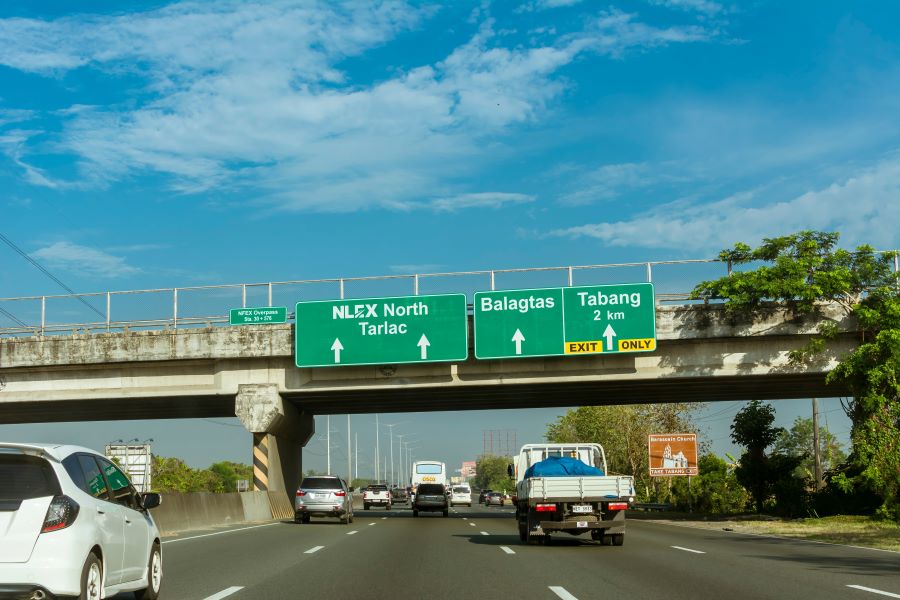
Expressway signs are colored green and white that can be found on these high-speed roads. Expressway service signs, on the other hand, are colored blue and white. This type of road sign gives motorists information and reminders about their location, exit, and road practices.
Listed below are the different signs you’ll find on the expressway.
- Start expressway
- Toll charges
- Prohibited on expressway
- Lane direction sign
- Reduce speed
- Advance exit signs (Ex. Bicutan exit 2 km)
- Exit direction sign (Ex. Sucat exit 1 km take right)
- Supplementary exit sign (Ex. Alabang next exit)
- Exit direction sign (placed in advance of the exit ramp)
- Exit direction sign
- Exit direction sign (for numbered exits)
- Next exit XX km
- Check brakes
- Lay-by zone
- Distance and direction to rest areas
- Distance and direction to various expressway services
Informative Signs
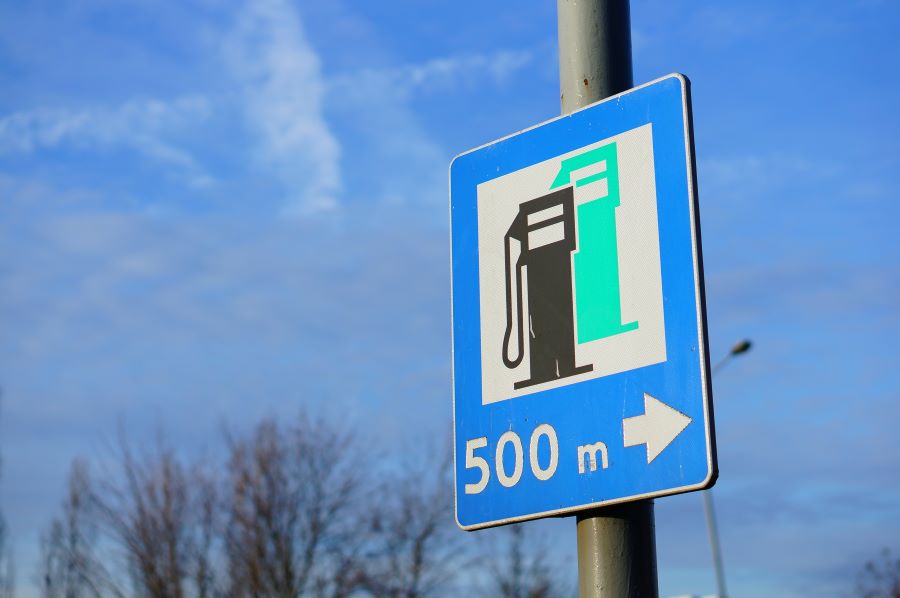
Informative signs are rectangular and look like expressway signs but, they give drivers information about their destination and any roadside services.
- Direction signs
- Street names
- Tourist destination signs
- Town names
- Service sign (Ex. Gasoline station 500m)
Hazard Markers
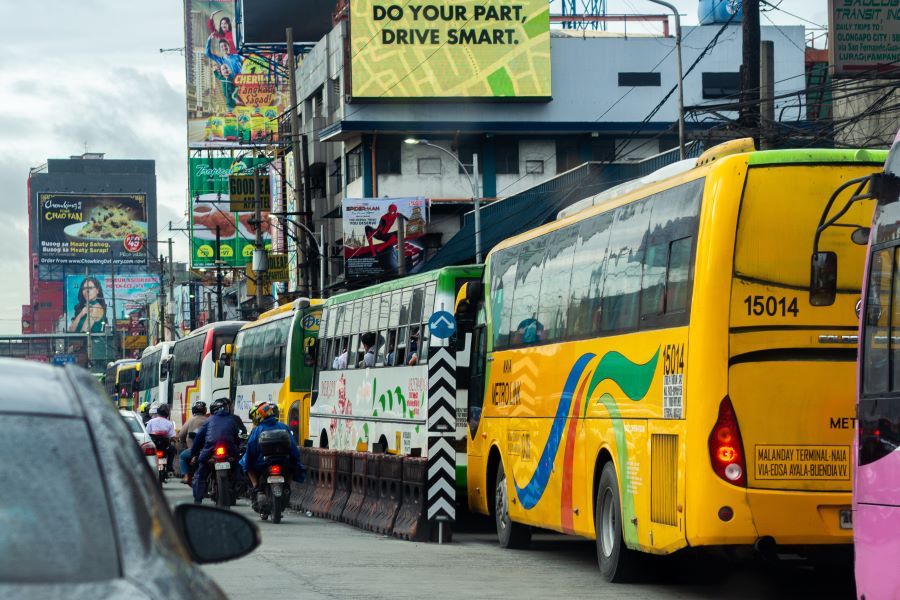
Hazard markers tell drivers that there may be obstructions or changes in the road moving forward. These road signs are illustrated as a series of arrows that are colored red or black that alert drivers of bends, road closures, or narrowing road width.
To make the roads safer, hazard markers are complemented with reflectorized traffic paint on the pavement.
Road Work Signs
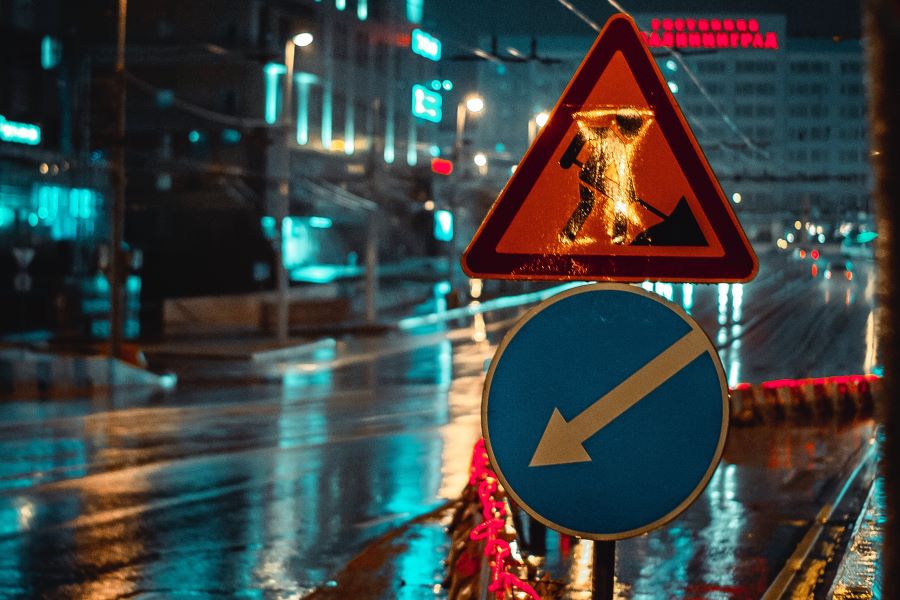
Road work signs alert drivers of any road construction they’ll be encountering. This tells drivers that they’ll need to slow down or merge lanes to avoid the site.
Creating Safer Roads with Rua Seguridad
For drivers to safely maneuver through the road, they need the visual cues that road signs and high-quality traffic paints provide. Combined with the use of proper road marking equipment, road conditions can improve greatly thus reducing accidents.
If you’re looking for a partner who can help make the roads safer, you can rely on Rua Seguridad to provide high-quality road products for your projects. Contact us to learn more.

